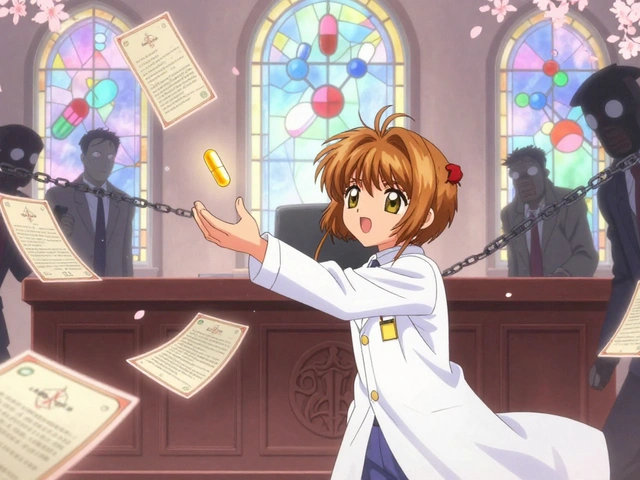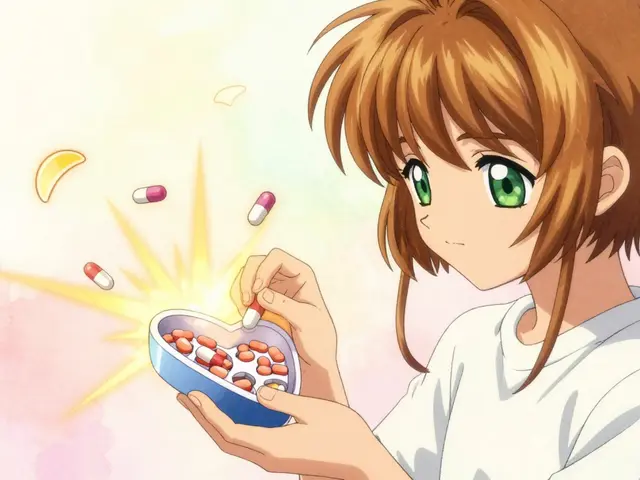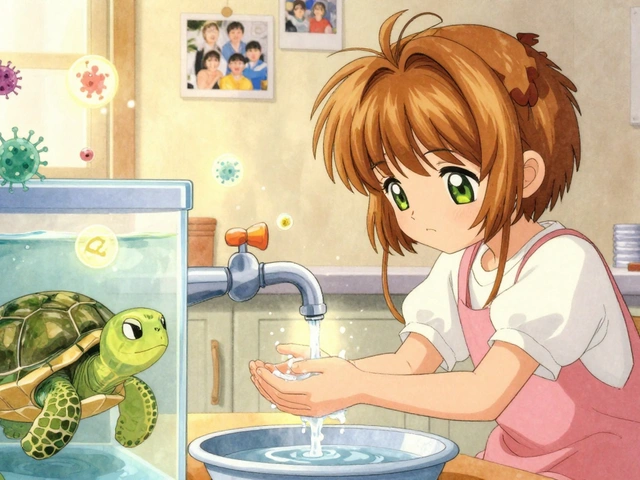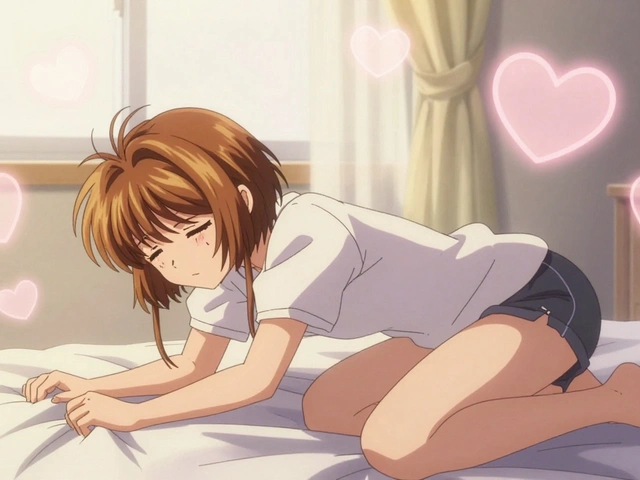Acne treatment that actually helps — clear steps, no fluff
Up to 85% of people get acne at some point. If you're tired of trial-and-error, here’s a straight, useful plan: simple daily care, smart over-the-counter options, and when to move up to prescription meds.
Quick at-home routine you can stick to
Cleanse gently twice a day with a mild, non-foaming cleanser. Over-washing or harsh scrubs make skin redder and can worsen breakouts. After cleansing, use a targeted treatment: salicylic acid (0.5–2%) helps unclog pores and reduce blackheads; benzoyl peroxide (2.5–10%) kills acne bacteria and reduces inflammation. If you’re sensitive, start with lower strengths.
Use a topical retinoid at night—adapalene 0.1% is available OTC and helps prevent new pimples while improving skin texture. If you use benzoyl peroxide and a retinoid, apply them at different times (benzoyl peroxide in the morning, retinoid at night) or wait a few minutes between products to lower irritation.
Keep a light, non-comedogenic moisturizer on hand. Moisturizer reduces dryness and helps you stick with active treatments. Wear a non-comedogenic sunscreen SPF 30+ every morning. Some acne meds make skin more sun-sensitive.
Quick wins: avoid picking or popping pimples (that raises infection and scarring risk), switch to oil-free or non-comedogenic makeup, and use clean pillowcases every few days.
When over-the-counter isn’t enough: medical options
If OTC products don’t help after 6–8 weeks, or if you have painful cysts or scarring, see a dermatologist. Common prescription steps include topical antibiotics combined with benzoyl peroxide for short periods, oral antibiotics like doxycycline for moderate cases (usually limited-length courses), and hormonal options for people who menstruate: combined oral contraceptives or spironolactone can work well when acne flares with cycles.
For severe, nodular acne, isotretinoin is often the only option that gives long-term clearance. It’s powerful and has serious rules — you’ll need doctor supervision and pregnancy prevention if applicable. Talk openly about side effects and monitoring.
Other office treatments can help fast: chemical peels, light therapies, cortisone shots for big cysts, and microneedling or lasers for scars. These are chosen based on your skin type and acne pattern.
Small changes can make a big difference. Try one focused routine for 6–8 weeks, avoid mixing too many new products at once, and track what helps or irritates your skin. If you're unsure or seeing scarring, book a dermatologist visit — tailored treatment saves time and skin.
Exploring 9 Effective Alternatives to Isofair for Acne Treatment
Finding the right solution for acne can significantly change one's skincare journey, especially for those looking for alternatives to Isofair. With options ranging from prescription medications like Spironolactone and Doxycycline to skincare products such as AcneFree Sulfur Mask and La Roche-Posay Effaclar Duo, there's a solution for every skin type and need. This article explores these varied options, discussing their benefits and drawbacks to aid you in making an informed choice. Understanding each alternative allows users to tackle acne more effectively and choose a regimen suited to their personal needs. Dive into the world of skincare with these nine noteworthy alternatives.






